I'll sign this autograph if you come up with a good conspiracy theory.
Lies, denials and attempts to discredit labs and testing methodologies are one thing. But far too often accused riders who’ve failed drug tests stretch the limits of credibility by blaming their positive tests on a conspiracy.
Names are never named, theories are never explained, facts uncovered or witnesses produced. There is never any legal or logical plausibility to these conspiracies. They just exist in an ether that is almost supernatural or science fiction.
Today, Danilo di Luca, he of the failed A and B sample taken on two Giro stages, turned desperate with the “conspiracy” theory. Said Di Luca, “I just can’t explain the two positive tests at the Giro. I’m not ruling out a conspiracy but before I can confirm it I have to be sure.” Good luck with that.
There is a long line of such laughable behavior. Alexandre Vinokourov blamed a vague conspiracy to “tarnish our image” and derail his tour de France preparations.
Floyd Landis insisted there was a “conspiracy” at the Chatenay-Malabry lab to discredit him and strip him of his fairly earned Tour de France victory. He spent two million dollars on his defense but very few people believe that yarn.
Following his suspension for doping, Iban Mayo, the Basque super climber, ranted that there was a conspiracy at the UCI. The Saunier Duval rider believed they were out to discredit him for reasons he never made clear, supported or proved.
Marco Pantani, a man filled with delusions of grandeur and the habit of referring to himself in the third person, felt he too was persecuted. The rider once referred to as Mr. 60% for his sky high hematocrit level, alleged he was, you guessed it, “a victim of a conspiracy.”
Lithuania rider Raimondas Rumsas, third in the 2003 Tour de France, reacted to his doping suspension with an extra twist: the conspiracy was perpetrated by his own team. He followed that outlandish claim with this gem: “It could be that (Lampre) wants to get rid of me…” He had no explanation for the large quantity of doping products the French police found in his wife’s car.
Richard Virenque, the rider at the center of the infamous Festina doping scandal, denied his guilt for years even when three of his team-mates admitted to a whole host of illegal drugs. Before eventually confessing, the winner of seven Polka Dot jerseys went on tv in tears to proclaim his innocence and that yes, he was a victim of a conspiracy.
One thing seems clear: the bigger the ego, the more likely the conspiracy excuse. This far-fetched explanation requires the kind of out-of-control ego that’s lost all concept of truth. The kind of person who believes they operate in a separate universe where all rules and regulations are theirs to twist with no regard for meaning.
Conspiracy theories work well for presidential assassinations, Wall Street financial scandals and Hollywood back stabbing. But it strains credibility in the world of professional cycling. Danilo di Luca is like the kid who claims Nazi frogmen stole his homework.
Next up, Alejandro Valverde. After being banned for two years in Italy, the Spanish rider will most likely have that extended to the rest of the cycling world. Expect a conspiracy explanation from Alejandro very soon. But don’t expect any facts to go with it.

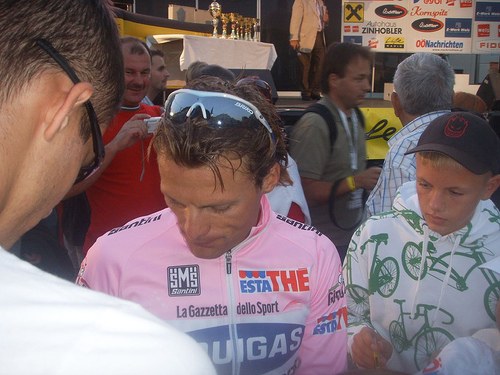
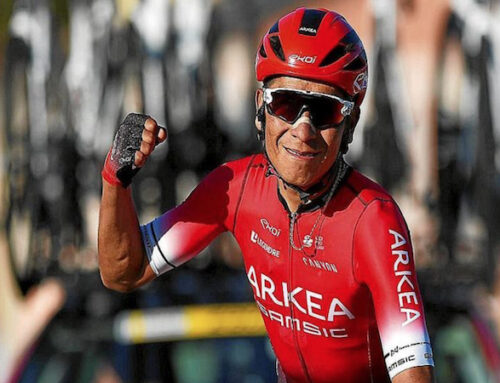
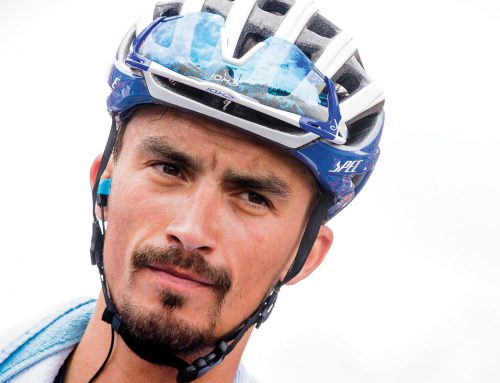
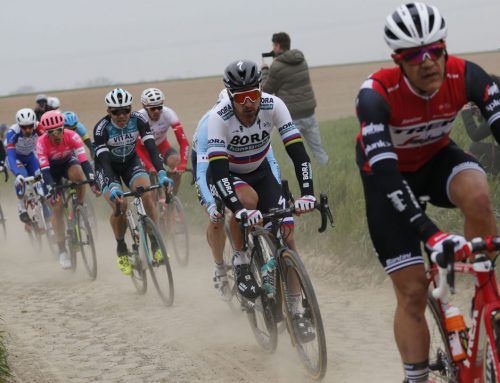

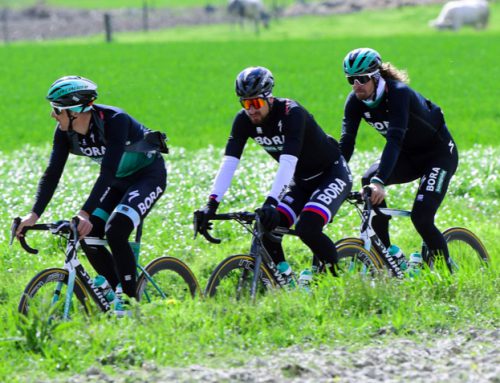
[…] many suspended riders without facts on their side, he played the conspiracy card, claiming he was a victim of a “French clique,” noting that Pierre Bordry, head of the French […]
[…] It’s time to go, megaphone please, Beyond Logic. Di Luca trotted out the time honored “conspiracy theory” once […]
[…] because doped riders with huge egos all get there eventually. When the noose tightens sufficiently, when the evidence becomes […]